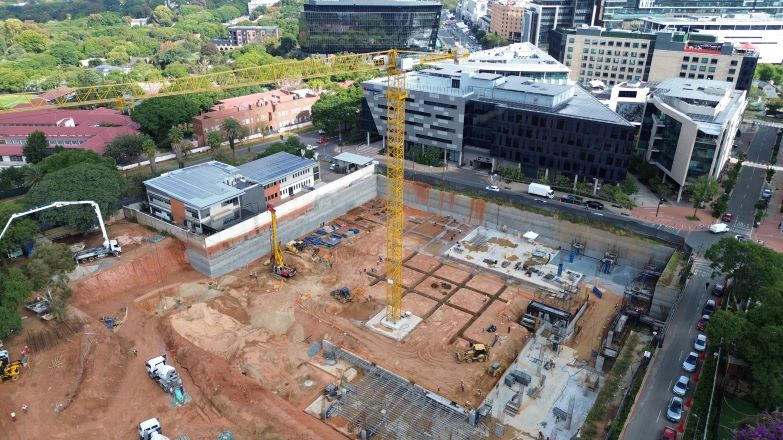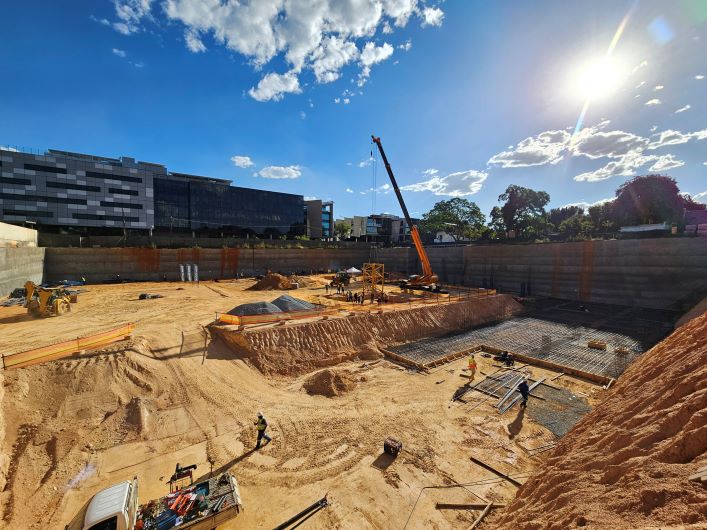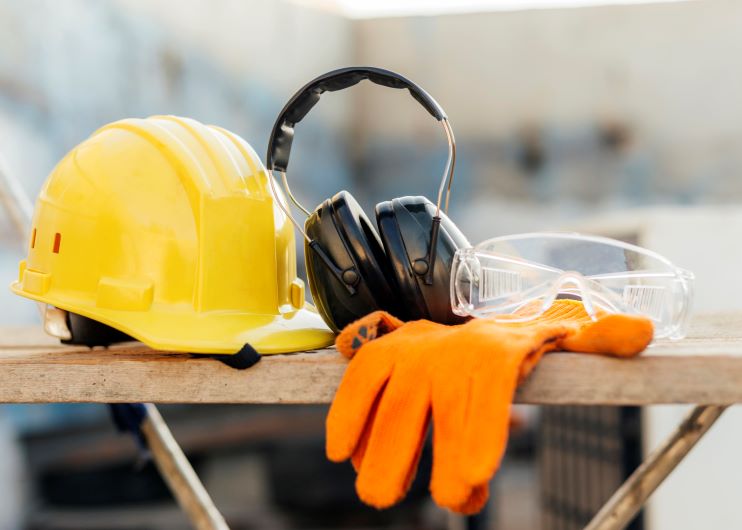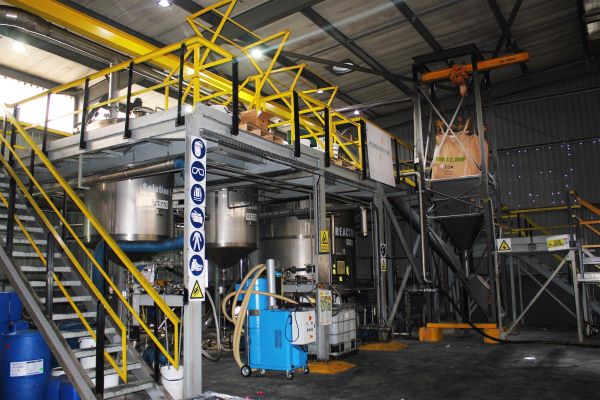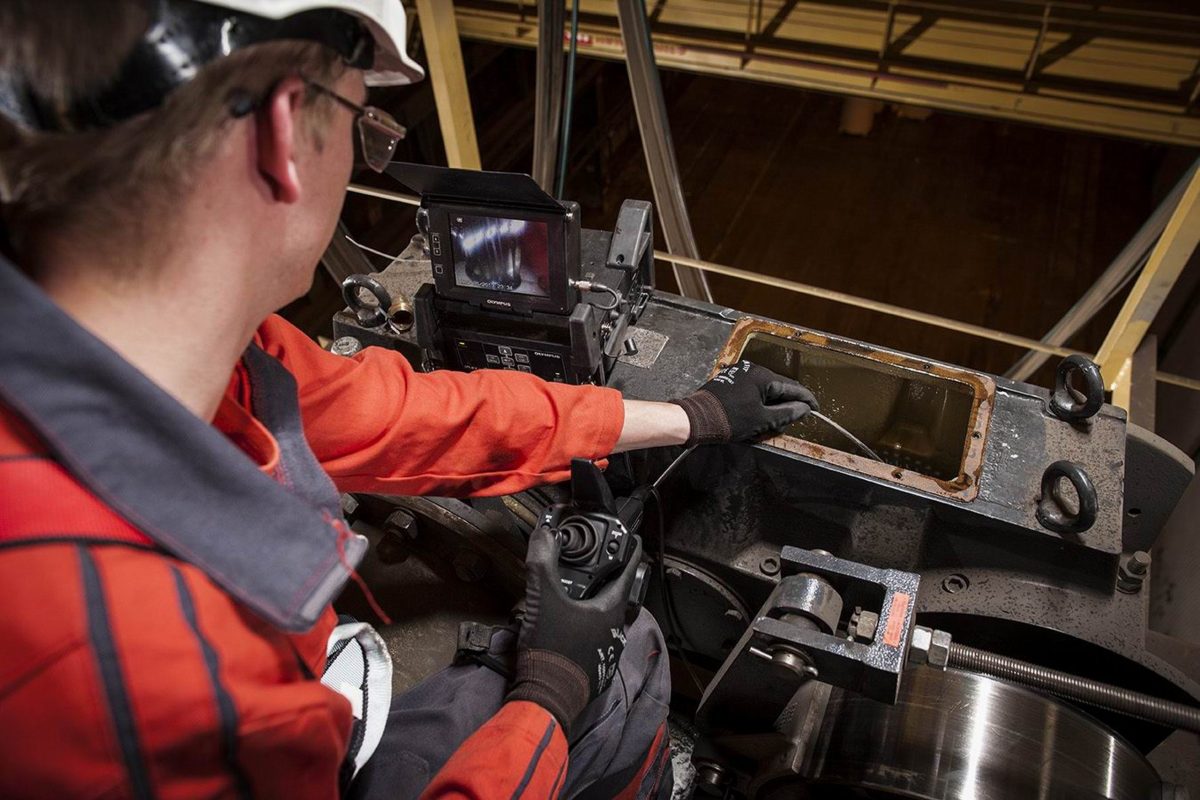
To keep expensive capital equipment running safely and optimally requires regular servicing and maintenance, but operational issues can appear outside of these timeframes, needing to be addressed promptly so that the equipment continues to operate effectively. Hoists, runways, ropes and other lifting components can be analysed by Konecranes specialist technicians who undertake inspections that can help identify why a piece of equipment is not performing as it should.
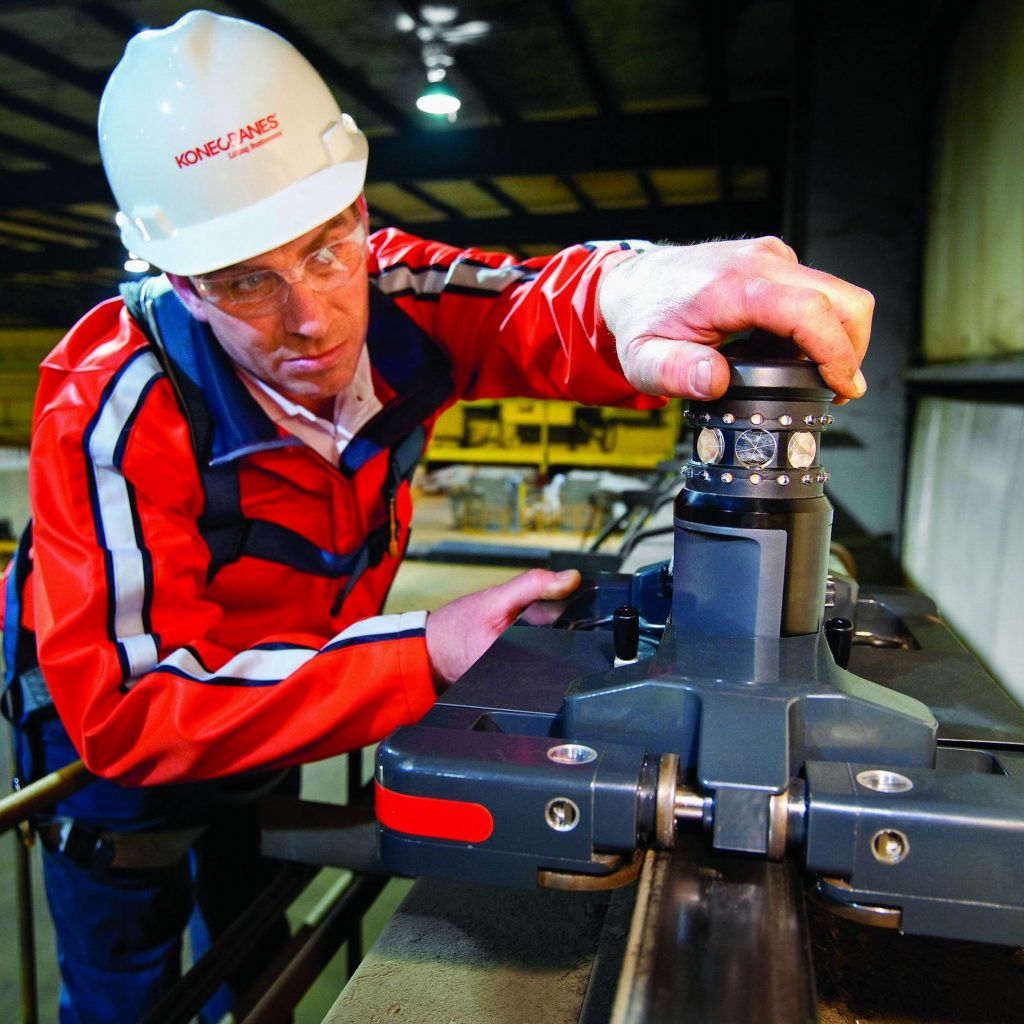
“At times, issues occur with crane performance outside of the normal servicing schedule, leading to a need for a more detailed evaluation, a function that is not always possible during scheduled and preventive maintenance cycles. Konecranes offers a variety of Consultation Services to meet these needs, so that expensive equipment is not left underperforming. This would have a direct impact upon the overall safety and performance at a factory or plant,” said Emil Berning, Managing Director.
“For example, cranes that are straight, square and aligned experience less repair costs and are more reliable. The CraneQ Crane Geometric Survey has been designed to provide accurate information detailing the alignment and square of the crane. The survey measures dimensional tolerance of wheels, end trucks, girders and other critical components of the crane,” said Berning, adding “Likewise the Konecranes RailQ Runway Survey gives accurate information on the alignment of the crane rail and expert recommendations on the corrective actions required.”
Undetected defects or deficiencies in load-bearing or safety-related components can lead to equipment failure because they are not visible to the naked eye. Other failures may occur within components which would not normally be disassembled for inspection during servicing. This is where Konecranes Consultation Services and their technical expertise in analysing non-performance issues in crane equipment becomes a vital partnership for the customer.
The RailQ Runway Survey
Cranes should travel or track along their runway with a minimum of skew and without binding. Improper tracking leads to premature wheel and rail wear, which might result in unexpected costs and equipment downtime. If left to operate without corrective action, the crane will operate inefficiently and sub optimally.
The RailQ Runway Survey can be performed on virtually any runway including those for overhead cranes, port cranes and yard cranes. The survey includes:
- Visual inspection of the crane runway
- Measurement of the alignment of the crane runway
- Calculations based on measured data with proprietary analysis and visualisation software
- 3D and 2D visualisations of the runway rails
- Identification of straightness, span or elevation issues
RailQ requires less time than a traditional survey and provides accurate and in-depth information on the condition and alignment of the runway and is reviewed by Konecranes specialist engineers. The Konecranes Roborail, a remote-controlled robot trolley, assists in the collection of data, eliminating the need for a human to walk the rails taking measurements manually.
CraneQ Crane Geometric Survey
Common problems of incorrect crane geometry include premature wheel wear, rail wear, structural component failures and drive faults. Operators often complain of ‘strange noises’ or positioning incorrectly, and this is where a CraneQ Crane Geometric Survey can establish the cause of these issues to help avoid major problems and downtime.
The CraneQ Crane Geometric Survey verifies the crane for squareness – meaning the end trucks must be parallel to each other and perpendicular to the bridge girder for the crane to track properly. The geometry of the end trucks is also verified as is the alignment of the wheels within the end trucks. The girders for the crane are measured for camber.
CraneQ is based on advanced and traditional measurement methods. Specialist technicians from Konecranes provide a highly accurate geometric analysis of the crane. In addition to the customer being supplied with a full report, Konecranes will assist in the planning of corrective actions.
Crane Reliability Study
The Crane Reliability Study is an engineering assessment that studies the current condition of a crane and provides a theoretical estimate of its remaining design life. Marius Naude, Global Technical Support Specialist from Konecranes said, “the survey establishes the serviceability of the crane components which gives an indication of maintenance issues that might arise and can be a tool to rectify any shortcomings at any level. It looks at structures, mechanical components and electrical systems and highlights possible maintenance and modernisation requirements.”
Depending on the application of the hoist or crane the following inspections can be included in addition to the Crane Reliability Study:
- Non-destructive testing (NDT) of the hook – this can be dye penetrant or magnetic particle testing
- CraneQ Crane Geometric Survey
- RailQ Runway Survey
- Thermal imaging to determine if there are “hot spots” inside the electrical cubicle, cables or motors
- Endoscopic inspection of the inside of the hoisting gearbox to determine the condition of the gears without stripping the gearbox
- Gearbox Oil Analysis
“Our specialised Consultation Services offer the customer inspection reports that shed light onto underperforming equipment and how to get the crane back on track in the most cost effective manner. The financial investment in capital equipment such as cranes and lifting equipment is a huge outlay for any company, so it makes sense to establish factors such as: how reliable your equipment is, are your cranes capable of meeting growing production demands, do your total crane costs contribute to a positive ROI, are you using your cranes as they were originally classified and are there are any safety issues with your current equipment ? Getting the right information at the right time can achieve financial savings,” said Berning.
“Not every crane and lifting component needs to be replaced” added Berning. “The Crane Reliability Study will show customers how they can modernise their equipment to meet changing operational requirements without upsetting the balance sheet.”
More news
- REFRATECHNIK ASIA NEW ASSOCIATE CORPORATE MEMBER OF WCA
- PART 5: SA’S TRADE DILEMMA: A PODCAST DISCUSSION WITH DONALD MACKAY
- STATE-DRIVEN OPPORTUNITIES FOR SA CONSTRUCTION COMPANIES BUT MANAGING RISK IS A PRIORITY
- PART 4: SA’S TRADE DILEMMA: A PODCAST DISCUSSION WITH DONALD MACKAY
- CONCOR KICKS OFF OXFORD PARKS BLOCK 2A PHASE I PROJECT

